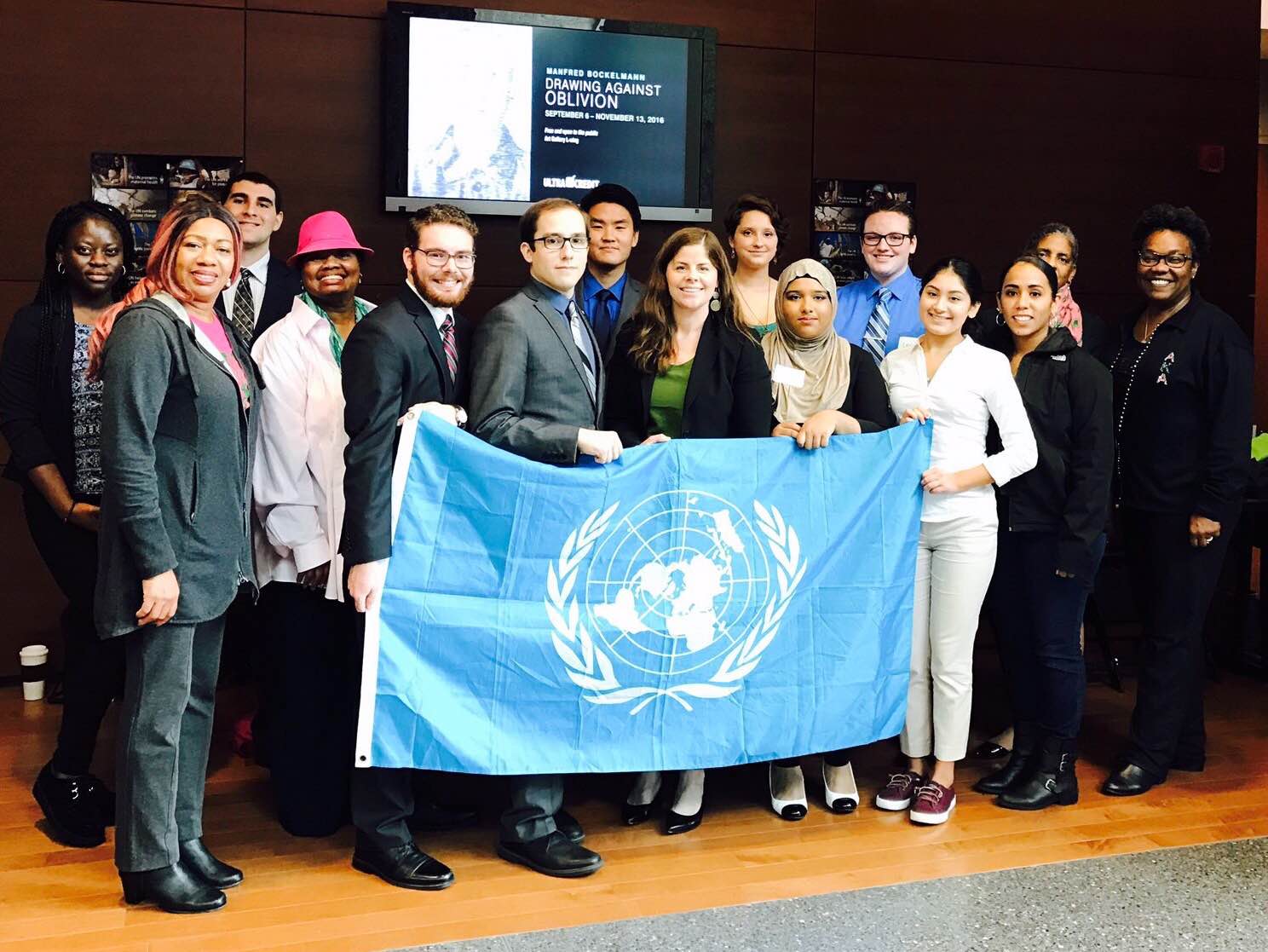By Celine Fleenor
On October 11, 2016, I attended a dialogue session entitled “La Chancleta: Discussing Discipline vs. Child Abuse”, which was hosted by the Latin American Student Association and Lambda Tau Omega Sorority, Incorporated. I was a little apprehensive about going since I am not of Latin American descent, and I don’t know much about the culture, but I found the session to be very interesting and informative. To start off, we talked about discipline in different cultures and the expectations that parents have for their children in different countries such as the United States, New Zealand, and China. Different members of the organizations shared their stories about their own discipline growing up and different factors that played a role in how they were disciplined such as gender, age, the presence of siblings, and if it was their mother or father giving the punishment. Then we discussed the fine line between discipline and child abuse, and when the punishment has gone too far. They also brought in a Stockton alumna from the Lambda Tau Omega Sorority, who works as a social worker, to weigh in on the conversation. She talked about how she deals with cases where families need counseling due to child abuse. Some children even need to be removed from their homes because of abuse situations. She talked a lot about how she can’t bring her work home with her otherwise she gets too attached to the cases and the children involved. Props to her for being brave enough to be a social worker, because I could never. All in all, I thought this dialogue session was very informative and I’m really glad that I took part in it. It was great to discuss such a universal topic and learn about different cultures in the process.

